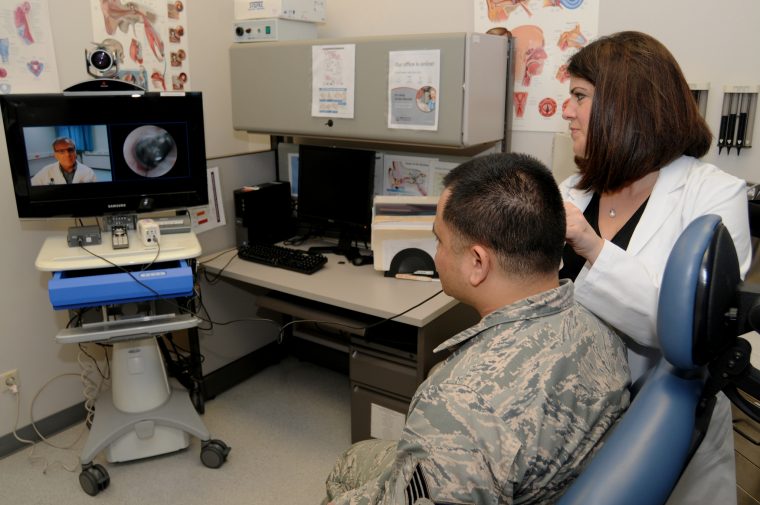
Telehealth is changing how doctors treat patients, especially in rural communities.
Technology that delivers health care services and information allows patients to receive services from specialists while avoiding long-distance, time-consuming travel and some stress. Since about 16 percent of Americans live in rural regions and only about 11 percent of the country’s physicians practice there, telehealth is a wonderful benefit for thousands of families.

Photo by Army Medicine licensed under CC BY 2.0.
The technology used to improve rural patient care varies, but all of it incorporates various forms of telecommunication that allow clinical care over long distances. Many states are now subsidizing telehealth in schools, universities and in rural areas.
An example of telehealth benefits can be explained by focusing on children and adults who suffer from asthma. No matter how often a doctor stresses the importance of quick response to severe asthma attacks, parents and physicians worry that young children and teenagers will underestimate the severity of an attack and suffer from delayed outreach. To address these concerns, Arkansas launched a mobile app for teens and younger children. It is designed to help them control asthma symptoms and get help quickly if they need it. Arkansas’ e-link mobile app is designed to send text message notifications, track symptoms and measure peak symptom issues. The program has improved symptoms management, accessibility to medical support and an overall understanding of the disease.
Mississippi suffers from the worst doctor shortage in the nation. Many patients are forced to travel hours to the state’s one trauma center or the children’s hospital in Jackson. And, as badly as rural hospitals are needed, these facilities in Mississippi were losing revenue because they lacked adequate resources for critical emergency care. The University of Mississippi’s Medical Center for Telehealth stepped in and launched a program that connects emergency doctors with rural health facilities across the state. The center has grown to include more than 30 specialties and performs 8,000 telemedicine visits per month and 100,000 per year. The technology allows physicians to provide all kinds of services.
The state of Montana also benefits from telehealth innovations. St. Vincent Healthcare in Billings offers medical services related to head injuries through video conferences. Patients can now be evaluated by doctors hundreds of miles away. Head injuries, which are very common, especially among children, often require evaluations by pediatric neurosurgeons before telehealth services are possible. In the past when this happened, families were required to travel up to 500 miles for a visit with a neurosurgeon. The cost to a family could result in thousands of dollars. Now, pediatric neurosurgeons can review tests and CT scans and talk to parents and other physicians via teleconference, thereby saving the families from stressful and expensive travel.
The telehealth industry is growing quickly and the expectation is that it will result in better care, lowered costs and more successful health care results for people of all ages. Experts believe the market will grow from $14.3 billion in 2014 to $36.2 billion by 2020. The trend is definitely one to watch in the near future.
SPI’s newsletters can help you stay abreast of all the latest trends in government procurement. Subscribe by clicking here.
